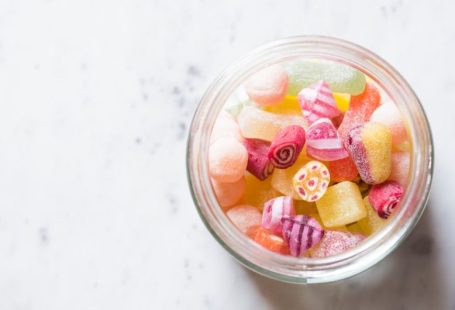Glistening under the tropical sun, palm sugar holds a special place in the hearts and cuisines of many cultures around the world. This natural sweetener, derived from the sap of palm trees, offers a unique flavor profile that sets it apart from other sweeteners like cane sugar or honey. Let’s delve into the world of palm sugar and explore its origins, uses, and benefits.
The Origins of Palm Sugar
Palm sugar has been a staple in Southeast Asian and Indian cuisine for centuries, where it is known by various names such as jaggery, gula melaka, or nam tan peep. The process of extracting palm sugar is a labor-intensive art that involves tapping the sap from the flower buds of various species of palm trees, notably the sugar palm (Arenga pinnata) and the coconut palm (Cocos nucifera). The sap is collected in bamboo containers and then boiled down to produce the thick, caramel-colored sugar that we know and love.
The Flavor Profile of Palm Sugar
One of the key characteristics of palm sugar is its complex flavor profile. Unlike refined white sugar, which offers only sweetness, palm sugar brings a depth of flavor that includes hints of caramel, toffee, and even a touch of smokiness. This makes it a versatile ingredient that can enhance both sweet and savory dishes, adding a subtle richness and complexity that elevates the overall taste experience.
Uses of Palm Sugar in Culinary Traditions
In Southeast Asian cuisine, palm sugar is a ubiquitous ingredient used in a wide range of dishes, from curries and stir-fries to desserts and beverages. Its natural sweetness and unique flavor make it an essential component of dishes like Thai green curry, Indonesian rendang, and Malaysian kuih. Palm sugar is also popular in traditional sweets such as palm sugar candies and puddings, where its rich flavor shines through.
Beyond its use in sweet dishes, palm sugar can also be found in savory recipes, where it helps balance out spicy, sour, and salty flavors. In Thai cuisine, for example, palm sugar is often used in salad dressings and dipping sauces to add a touch of sweetness that rounds out the dish. Its ability to caramelize beautifully also makes it a great choice for glazing meats and vegetables, adding a glossy finish and a depth of flavor.
Health Benefits of Palm Sugar
Aside from its culinary uses, palm sugar also offers some health benefits that set it apart from refined sugars. Unlike white sugar, which is heavily processed and stripped of nutrients, palm sugar retains some of the vitamins and minerals present in the sap of the palm tree, including potassium, iron, and antioxidants. It also has a lower glycemic index than white sugar, meaning it causes a slower and steadier rise in blood sugar levels, making it a better option for those looking to manage their blood sugar levels.
Incorporating Palm Sugar into Your Cooking
If you’re looking to experiment with palm sugar in your own cooking, there are plenty of ways to incorporate this versatile ingredient into your recipes. You can use it as a one-to-one substitute for white sugar in most recipes, adjusting the quantity to suit your taste preferences. Try adding palm sugar to your morning coffee or tea for a natural sweetener that brings a depth of flavor to your drink. Or use it in marinades, sauces, and dressings to add a touch of sweetness and complexity to your savory dishes.
The Sweet World of Palm Sugar
In conclusion, palm sugar is a natural sweetener with a rich history and a unique flavor profile that sets it apart from other sweeteners. Its versatility in both sweet and savory dishes, coupled with its health benefits and distinct taste, make it a valuable addition to any kitchen. So why not explore the world of palm sugar and bring a touch of tropical sweetness to your cooking adventures?





